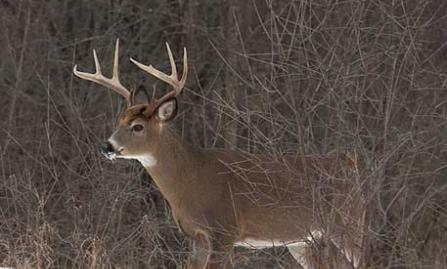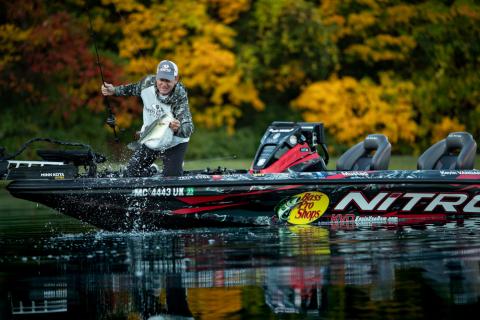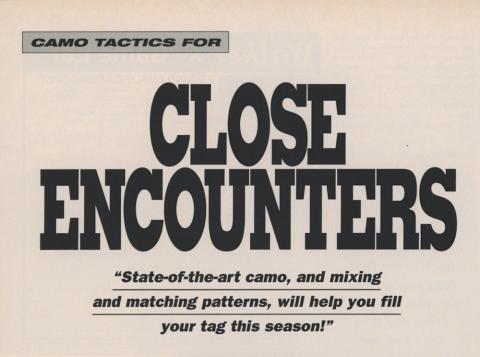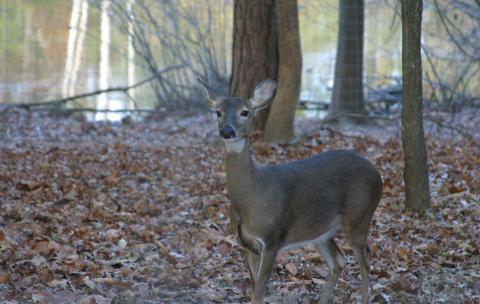Will Lindsey | Mossy Oak ProStaff
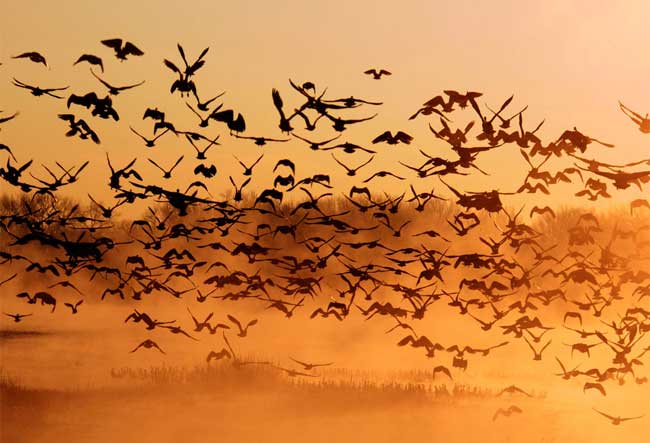
I hunt from the same blind just about every day of duck season. One of the reasons I can do that is that just about all the ducks we hunt are moving up and down the flyway. We’ll often get new flights of ducks that fly into the fields in Arkansas across the river, and get up the next morning and fly to the WMA to rest.
One morning, as usual, we got into our blind before daylight. Before legal shooting time, we already had ducks in our decoys. Those ducks never did sit on the water. They just kept circling our decoys really low. As usually happens, when legal shooting time arrived, those ducks had seen enough of our decoys, and they left. However, as they were leaving, another flight of ducks started coming down, and we took that flight.
During the season, the ducks we primarily take are gadwalls and mallards. We get a lot of teal too, but we harvest mostly mallards. In our blind, we primarily shoot drake mallards. The reason for that is that the drake can mate with multiple hens. If you harvest the hens (female ducks), then there are fewer hens for the drakes to mate.
I really enjoy duck hunting. While I was in college, I could set up my classes, so I could hunt almost every morning. But now that I have a real job, I'm having to cut back my duck hunting some. I'm still trying to figure out how I'm going to work my duck hunting into my work schedule. As a wildlife biology major and having graduated with a wildlife biology degree from the University of Tennessee at Martin, I've learned that having that degree has helped me understand ducks and duck hunting more than if I didn’t have the degree.
Although there have been good reports from the breeding grounds in Canada, the amount of ducks we’re seeing come down the flyway are about the same as we usually spot. I've been hunting out of the same area for about 7 years. Many articles have been written about ducks short-stopping and not coming all the way down the flyway like they once have. Where I hunt, we haven’t seen any evidence of that. If there is any short-stopping, I believe it’s happening farther away from the Mississippi River than where I hunt. With the amount of food available to waterfowl all up and down the Mississippi River, the ducks don’t have to move as far away from the river to find food and shelter as they may have had to in the past.
Our blind is pretty much surrounded by the Moss Island State Wildlife Management Area. I was lucky enough to have good friends who invited me to hunt their private land with them. Normally, people who hunt close to wildlife WMAs are taking ducks as they come off the WMA in the morning, but our ducks come out of the rice fields in Arkansas going to the WMA to rest. We know that because the ducks we harvest will have rice packed in their craws. I believe the ducks that we’re harvesting are ducks that come down the flyway at night. They seem to feed in the rice fields in the morning and then fly here from Arkansas. But until we can put a camera on a duck’s back, we won’t know for sure. However, from what I can tell, this appears to be what’s happening. If that hypothesis is true, then we may be getting new ducks just about every day we hunt. This is really a unique little spot we've found to hunt.
Twenty-three-year-old Will Lindsey from Jackson, Tennessee, has been hunting waterfowl for 12 years. He just graduated from the University of Tennessee at Martin with a degree in wildlife and fisheries. While in school, Lindsey could hunt ducks for 56 days before his classes. But since he’s taken a real job, he’s having difficulty hunting as many days as he would like. His favorite camo is Mossy Oak Bottomland - not just for duck hunting but for any type hunting he does. A Mossy Oak Pro for about a year, Lindsey hunts waterfowl near the Moss Island State Wildlife Management Area (WMA), north of Memphis and Jackson in the Hales Point region.















